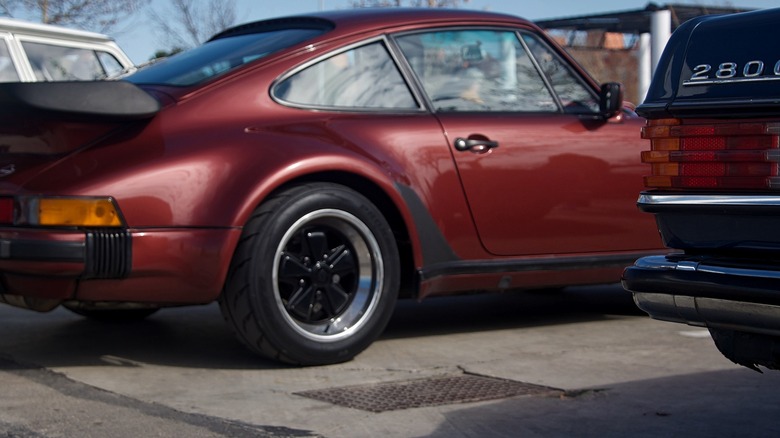All You Need To Know About The 25-Year Import Rule
Many people don't know this, but if you want to import a car, you may have to wait over two decades before you can legally own and drive it on American soil. That's because of something called the 25-year Import Rule, a regulation that limits the importation of foreign vehicles that don't meet specific US safety and emissions standards.
That's why car enthusiasts have to wait years to legally own and drive iconic models like the Nissan Skyline GT-R (R34), Suzuki Cappuccino, and Renault Clio V6 Sport—all of which are exclusively manufactured outside the U.S.
For car enthusiasts, this limitation can be quite frustrating. After all, it makes you wait decades to experience a unique car model just because it wasn't manufactured in the U.S. What's the rationale behind this law? Here are all the details of how it came about, why it exists, and if there are any ways around it.
How did the 25-year import rule emerge?
After WWII, the value of the U.S. dollar soared, triggering an importation frenzy among Americans. After all, with the U.S. dollar trading so high in the global currency market, Americans had enough purchasing power to buy cars from foreign distributors. So much so that if you traveled back in time to the 1970s, you could easily spot Japanese compacts, European hatchbacks, and many other foreign car models on American roads.
For many Americans, it didn't matter that the car model they wanted wasn't available for sale in the U.S. They could simply have the foreign car shipped in from its country of production. For domestic carmakers and distributors, this importation frenzy had huge economic implications. Since Americans were buying cars directly from foreign distributors, domestic dealerships lost tons of sales. Moreover, the importation frenzy created major road safety concerns, as many of these foreign cars failed to pass crash tests, among other safety tests. All of this pushed the U.S. Senate to implement the Imported Vehicle Safety Compliance Act of 1988.
This act placed heavy restrictions on importing foreign vehicles to the U.S., so much so that, according to statistics from AutoShippers, foreign car imports fell by 99% in the years following its implementation. In 1998, the act was amended to include the 25-year import rule, which prevents car enthusiasts from importing cars that don't meet U.S. safety standards for 25 years.
Are there ways to go around the 25-year import rule?
While some beloved cars are banned in the U.S., there are certain situations where the law offers some leeway. For instance, race cars are exempted from the rule because they will be driven on controlled race tracks and not public American roads.
Non-U.S. residents can also bypass the 25-year rule and bring their cars into the country for personal use. However, these individuals are only legally allowed to drive their imported cars for one year, after which they must ship them back to their home country. Diplomats and foreign military personnel are also permitted to use their foreign cars for the entire duration of their official visits.
Another way to circumvent the 25-year rule is to get a registered importer to modify the car in accordance with federal legislation. This is a really expensive and time-consuming process, and not many cars can justify the cost.
What happens if you try to import these cars anyway?
If you try to circumvent the law and bring any foreign car into the country regardless, U.S. Customs officials reserve the right to impound it. Some customs officials even crush these vehicles, capture these moments on camera, and circulate them across social media platforms to deter anyone who might be getting ideas.
However, when Bill Gates and Bruce Canepa had their Porsche 959s impounded in the early '90s, Bill started a legal battle that gave birth to a legal exemption from the 25-year import rule called the Show or Display rule. If fewer than 500 units of a rare foreign car model existed, you could import them.
However, the car had to meet the Environmental Protection Agency's emissions standards, and you couldn't drive the car for more than 2,500 miles a year. On the bright side, here are some of the coolest cars that are finally eligible for import in 2024.



